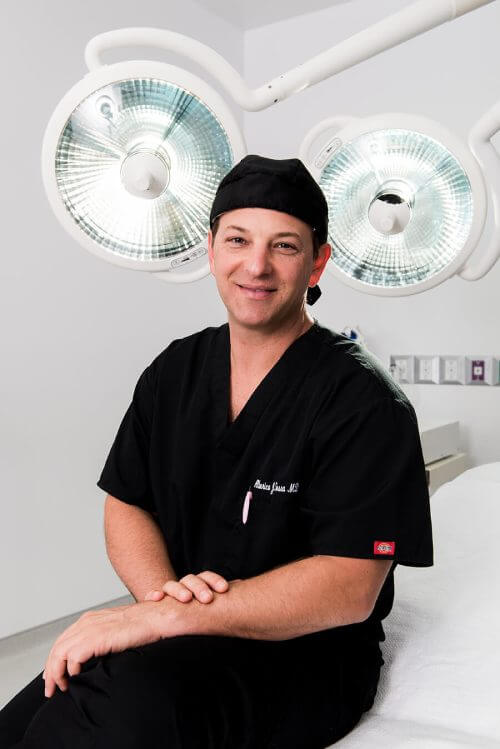If you’ve been through weight loss surgery or pregnancy and childbirth, you might have excess abdominal skin or weakened stomach muscles that interfere with your daily life and cause you to struggle with low self-esteem. A tummy tuck, also known as abdominoplasty, can be an effective way to address these issues.
Not only can a tummy tuck help improve your physical appearance, but it may also provide a solution to several medical concerns, including weak core strength, poor posture, chronic back pain, and bladder issues. Your surgeon can also repair a ventral hernia during a tummy tuck.
But what about the risks and complications that are possible with abdominoplasty, particularly a seroma? What is a seroma, how do you know if you have one, and what are the treatment options? We’ll review all these questions and look at possible ways to prevent a seroma after your tummy tuck.
What Is a Seroma?
A seroma is the build-up of fluid after surgery. This serous fluid typically exists between the body’s organs; however, serous fluid can sometimes accumulate in the surgical area post-operation. This leads to an excess of this clear or pale yellow fluid in the surgical area, causing surface-level symptoms typically referred to as a seroma.
Signs Of A Seroma
Some seroma symptoms are visible, such as a cyst or lump near your surgical incision or watery or yellow discharge from the wound. However, some signs of a seroma may be a little harder to spot.
Other signs of a seroma are increased pain or discomfort in the surgical area due to fluid build-up, noticeable swelling or a bloated look, and a fluid pocket beneath the skin that shifts or ripples when you gently touch it.
What To Do If You Develop A Seroma After A Tummy Tuck
While a seroma isn’t usually dangerous, it can be painful and uncomfortable. If you begin to notice fluid build-up in your abdomen after a tummy tuck, let your surgeon know as soon as possible. While a smaller seroma may improve on its own, a larger or more painful seroma may need further treatment. Your surgeon will drain the seroma with a needle in order to remove the fluid, avoid infection, and prevent further discomfort or pain.
Can You Prevent A Seroma After A Tummy Tuck?
While there aren’t any definitive steps you can take to prevent a seroma, you can take steps to avoid this complication. The best way to help your body heal after a tummy tuck is to follow your surgeon’s post-operative instructions. Taking care of your wound, avoiding strenuous activity, and giving your body plenty of time to rest and recover post-surgery are some of the best ways to prevent complications like a seroma after your tummy tuck.
Trust The Tummy Tuck Experts At Sarasota Surgical Arts
The best way to prevent complications after your tummy tuck is to choose a qualified and experienced surgeon. Dr. Sessa is known for his aesthetic style and for helping patients see stunning tummy tuck results. In addition to a list of instructions that will help you avoid complications after your tummy tuck, you will also have follow-up appointments with Dr. Sessa to make sure you’re healing well.
When it comes to excellent patient care and tummy tuck expertise, the team at Sarasota Surgical Arts is second to none. Schedule your free consultation with us today by booking online or calling us at (941) 923-1736.





